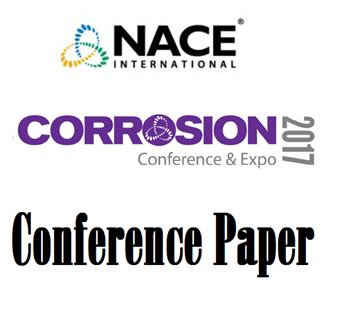Search
51317--9087-A Novel Non-Toxic Method for the Decontamination of Silicate Scales - A Case Study
Also Purchased
51317--9362-Cathodic Protection of Stainless Steel 316L Rotating Screens on Seawater Intake Structures
Product Number:
51317--9362-SG
ISBN:
9362 2017 CP
Publication Date:
2017
$20.00
51317--9513-Monitoring Pitting Corrosion Growth in Steel Rebar Using Optical Fiber
Product Number:
51317--9513-SG
ISBN:
9513 2017 CP
Publication Date:
2017
$20.00
51317-9230- Study on Ferrite Content and Hardness of Thick-Wall 22% Cr Duplex Stainless Steel Welded Joints
Product Number:
51317-9230-SG
Publication Date:
2017
$20.00




